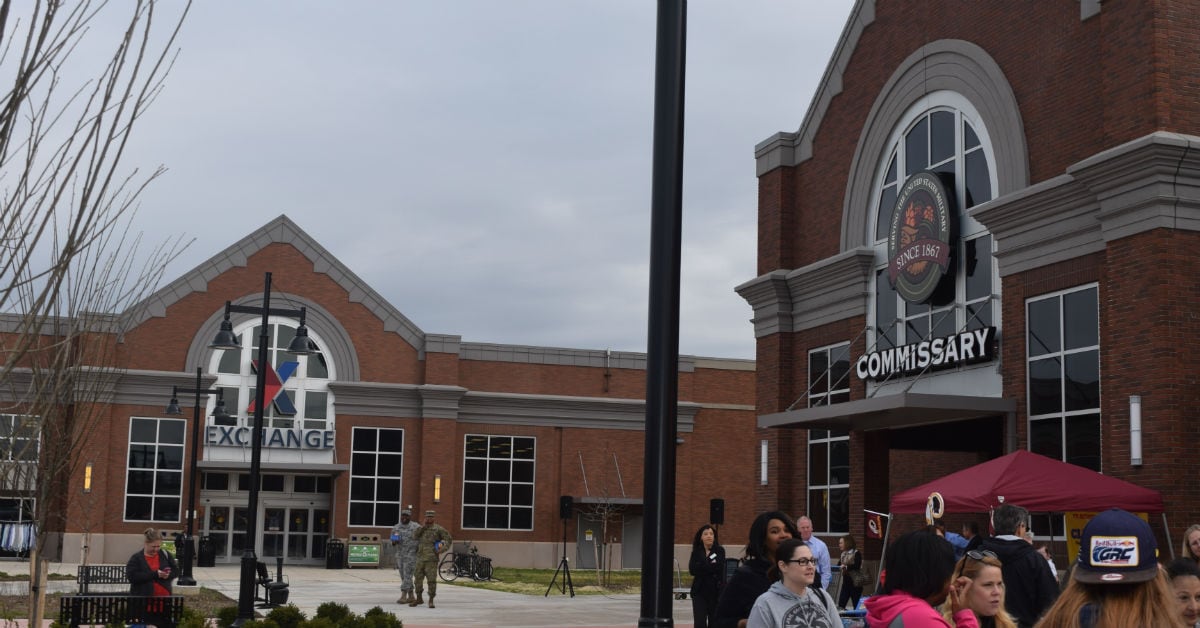Future wars may look a lot like those from the past.
The Marine Corps’ new concept for fighting in the littorals calls for Marines to establish temporary, austere outposts in forward positions known as Expeditionary Advanced Bases.
Guadalcanal, which U.S Marines, soldiers and sailors took during World War II, provides lessons about what such a base might look like, Marine Corps Commandant Gen. Robert Neller said on Wednesday at the Marine Corps League’s annual Modern Day Marine expo in Quantico, Virginia.
Unlike other amphibious operations in the Pacific, the enemy did not fight U.S. troops on the beaches of Guadalcanal, Neller explained. The aim of the Guadalcanal Campaign was to secure an airfield on the island.
“There was a point where the enemy had projected their power to a certain point and we were going to confront that projection of their power,” Neller said. “We occupied the airfield. We were reinforced by U.S. Army and National Guard forces.’
Navy Seabees and Marine Corps engineers improved the airfield, which was eventually used by Navy, Marine Corps and Army Air Forces aircraft, he said.
At one point in the six-month campaign, an Army divisional commander was put in charge of Marines on the island.
“More sailors died in that fight because of the fight at sea than Marines died on that island,” Neller said. “It was a joint, combined fight. We were there with New Zealand, Australia, the local Solomon Islanders.
“I think that template — securing an advanced base, an airfield, to project power, using the capabilities of the joint force enabled by Marines coming from the sea — is something that we are going to see in the future.”




